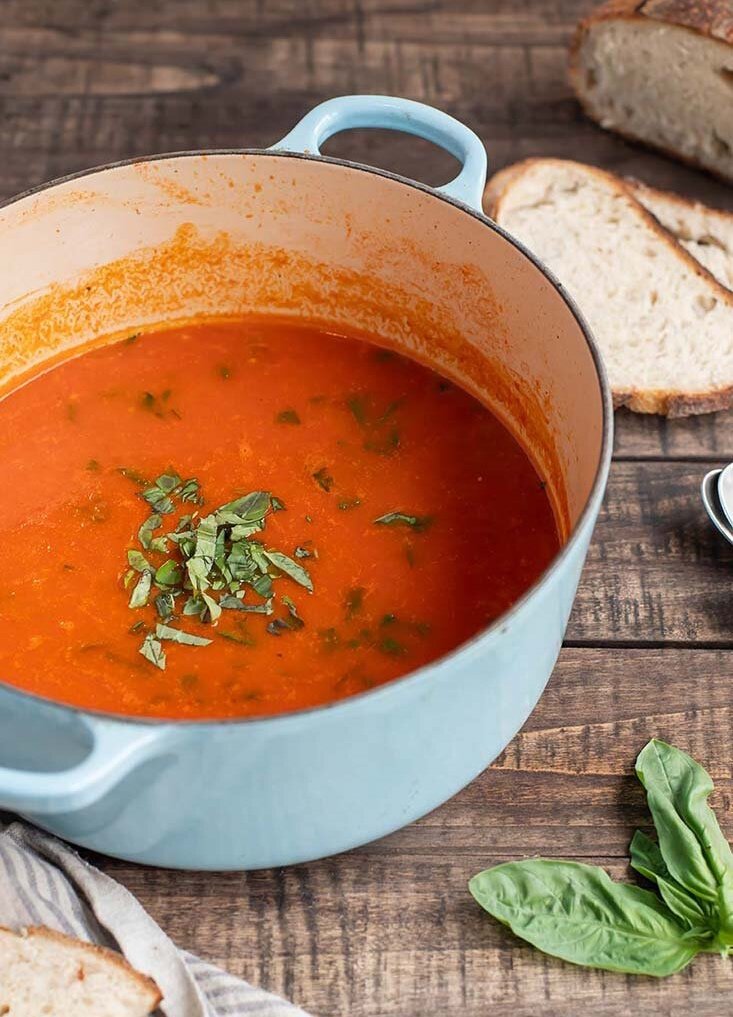Chilean-Style Ceviche
/When my plane touched down in Santiago, I let out a gasp of air. It had taken several essays, two planes, and a long visa-application process to get there. The first plane had performed an emergency landing, and by some stroke of luck the customer service rep that answered my plea for another plane ride got me on the next direct flight out of Denver. That first flight took it's toll on me though- it wasn't until I was actually in Santiago that I felt like I could breath again. Despite everything, I made it to Chile just in time to catch a ride with the other students that had flown in that day.
The first days are all a blur now, but it when I first met my host family, I was both relieved and completely nervous at the same time. I had no idea what it was like to live with siblings, and I had no idea where their house was (or where I was) in relation to everything else in the city. I had a map, tucked into my "Intro to Study Abroad" packet, but the actual roads clearly did not line up with those found on it. The one constant was rolling hills with inconsistently marked intersections.
That would all change over the course of the next three months. Not the intersections, but my feelings about them, and my ability to navigate Viña del Mar, Valparaiso, and the gap between them. I would know the sound of the fish seller trucking up and down the street to sell the catch of the day, and I would know the smell of baking hallulla at the bakery three doors down. I even got used to the hill-top view of the beach, which rolled seamlessly from city skyline in the south to dusty sand dunes in the north, though it never loss it's power to awe me, especially when the light was right.
After only a few months, even my cooking style had changed, influenced by Mamá Sandra (my host mom) and the long days we would spend crammed into her tiny kitchen, talking about food and the differences between Chilean cuisine and North American cuisine. I didn't get to cook much- in classic Chilean fashion, Mamá Sandra made breakfast, lunch, dinner, and once (tea time) everyday, for everyone in the house.
With out fail, once a week Sandra would flag down the fisherman as he made his rounds through the neighborhood (or rather, he would flag her down, knowing she would pay a fair price). That night, she'd either bake the fish over onions or dice it up and toss it in lemon juice, making ceviche.
There's a certain intimidation factor that comes with ceviche, at least for someone that's live land locked their entire life. For some reason, until I lived with Sandra, it was an untouchable dish to be made only by pros (and my dad, who was never daunted by the intimidation factor of a dish). Three months of living in Viña del Mar cleared that up for me. I learned that classic Chilean Ceviche is pretty much a fool-proof dish, as long as you can buy fresh fish. Requirement for making this ceviche = eight ingredients, 15 minutes, and a stroke of confidence.
This recipe was shared on Real Food Fridays #97.
Chilean-Style Ceviche
Serves: 4 for dinner, 10 as an appetizer | Total Time:
Ingredients:
- 1 pound fresh white fish (I use tilapia)
- Juice from 1 large lemon
- 1 clove garlic, minced
- 1/4 cup red onion, minced
- 2 bell peppers, finely diced (I like to use 2 different colors)
- 1/4 cup cilantro, minced
- Salt & Pepper
- Dash of cayenne
Directions:
- Dice the fish into 1-cm cubes. Place in serving bowl, and drizzle with lemon juice. Cover with saran wrap and place in fridge. Allow to sit for 1 hour.
- Add the garlic, onion, bell peppers, and cilantro. Toss until incorporated.
- Season with salt & pepper, and add a dash of cayenne. Toss to distribute. Allow the fish to marinate for 30 more minutes. The fish should being to turn opaque and white (it may not be completely opaque). Serve immediately.
- Serving tip: ceviche is usually served with small pieces of toast (here’s a paleo recipe), crackers, chips, or toastones, but I often serve it on a piece of lettuce, like a lettuce wrap.











